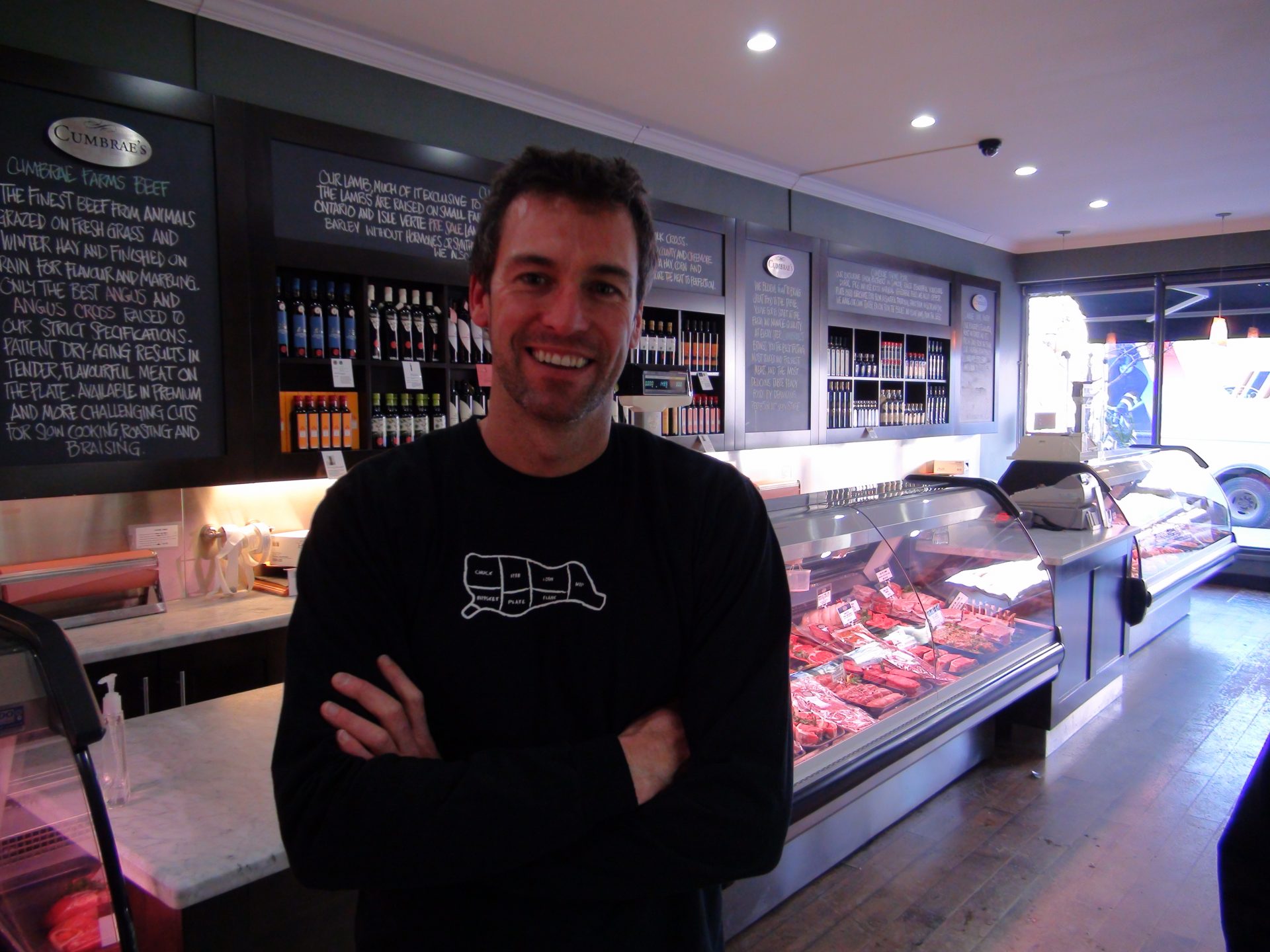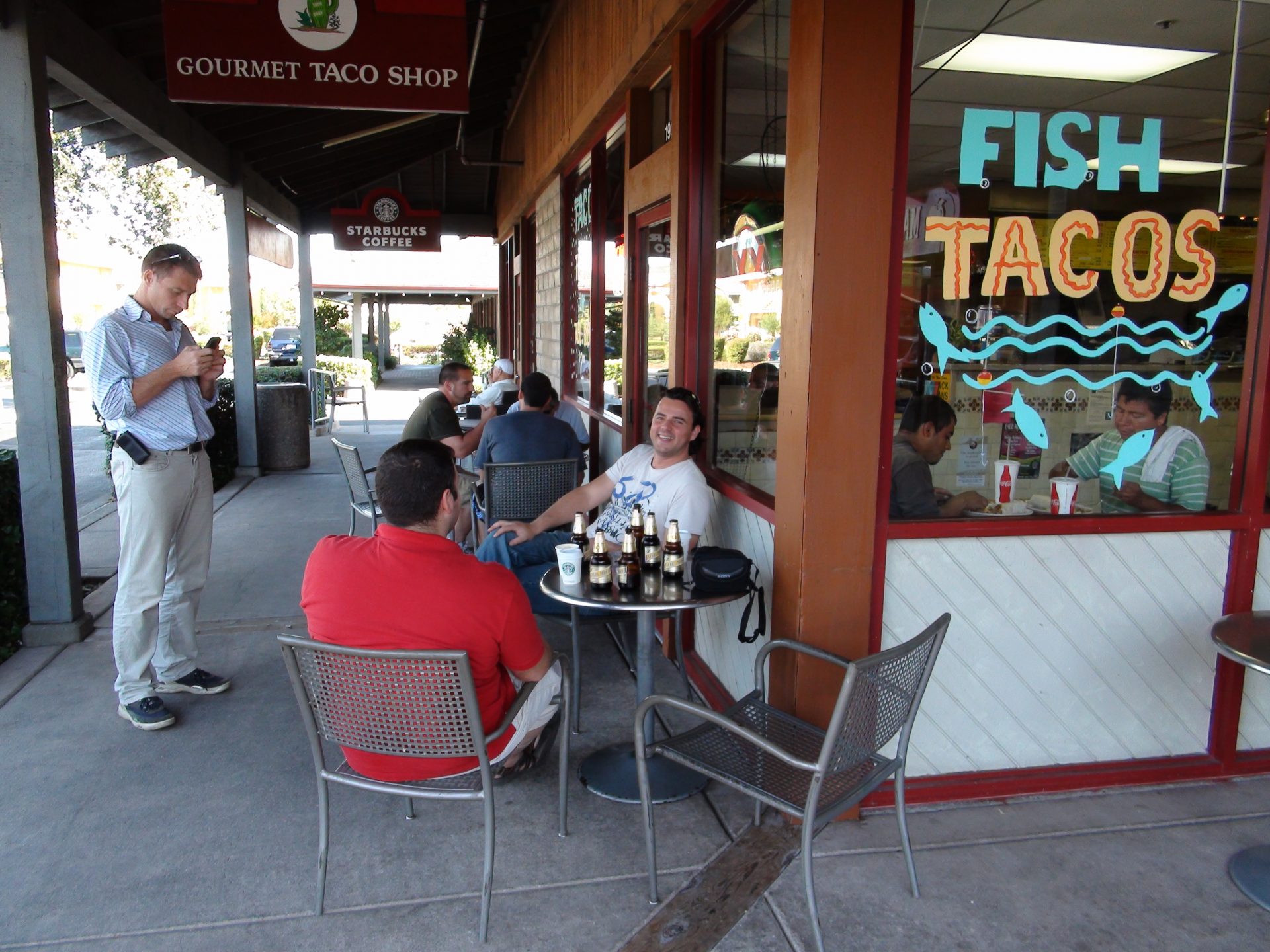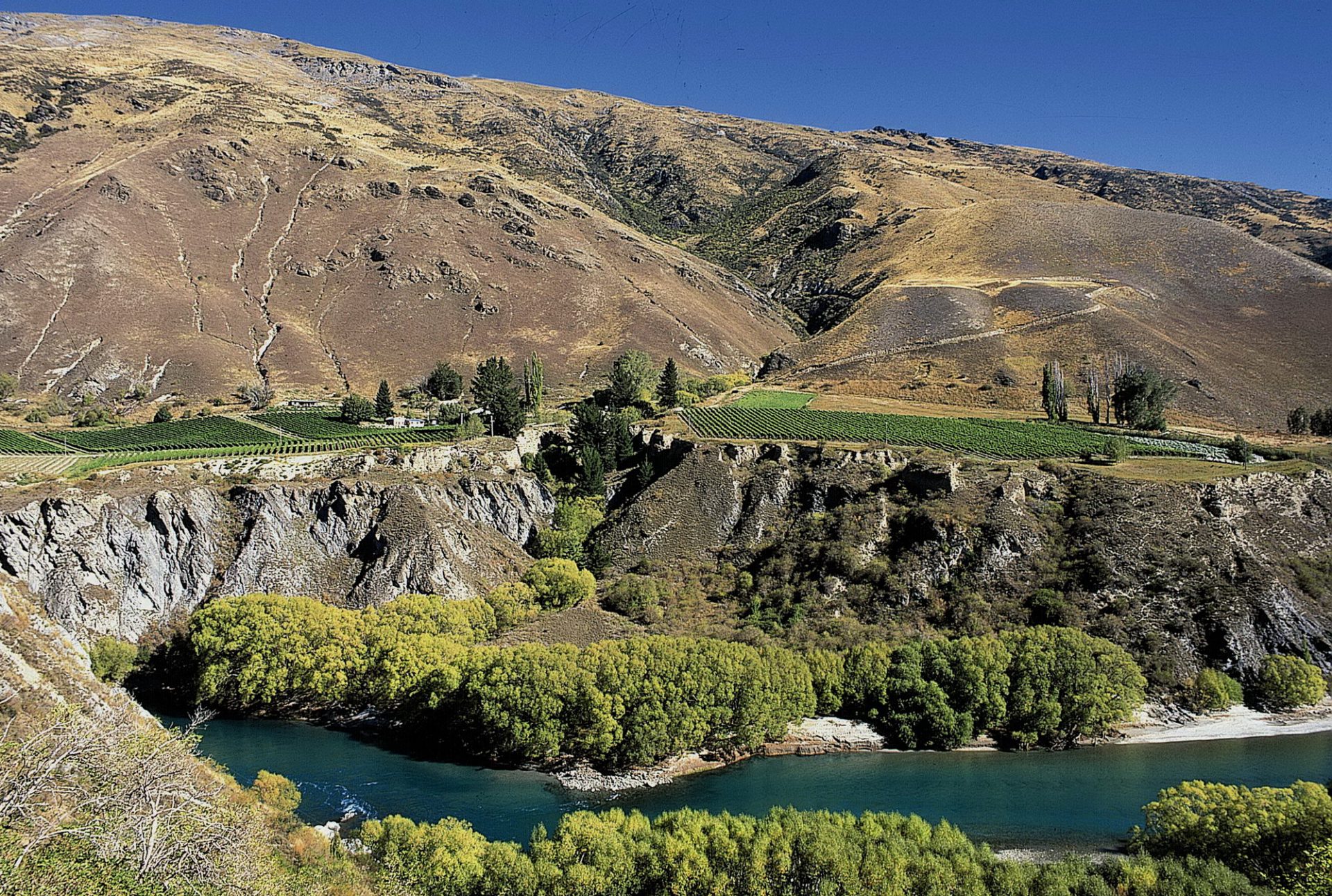by Zoltan Szabo
Years ago, the great chef David Chrystian of Chez Victor paired his spice-rubbed wild boar rack with an excellent and older vintage Tokaji Aszu (six puttonyos), for a dinner hosted by Szabo & Szabo Drinks Trade Consultants in collaboration with the Tokaji Renaissance, partially sponsored by the European Union and supported by the Hungarian Trade Commission.
The pairing was spot on, a revelation of food and wine matching, given that all other six courses were matched with (mostly) sweet wines. Credit goes to the great Mark Moffatt, then Chez Victor’s sommelier, now at Crush Wine Bar, as well.
It made me start thinking of the multi-dimensional aspect of sweet wines and their incredible versatility with foods. They work not only with classic desserts, blue cheese and foie gras, but much, much more.
Six years ago to date, I hosted an event up at Taboo Resort’s Elements Culinary Theatre, along with my friend, the super-talented Michael Pataran (who’s now back in Canada and looking for a job) and Mme. Bosc of Château des Charmes. It featured another utmost creative six course menu and was paired with nothing but sweet wines. The pairings worked so very well and guests indulged themselves in new discoveries on the vast horizon of food and wine marriage. Here is the menu from my archives:
seared crisp escolar with blue potato violet mustard spring onion cake
garden pea and mango blossom honey foam
2000 Late Harvest Riesling, Estate Bottled, VQA
palmex foie gras, oven-dried calimyrna and mission roasted fig stuffed breast of squab
truffled potato gnocchi, leek fondue
2001 Riesling TBA, Paul Bosc Estate Vineyard, VQA
tarragon butter roasted lobster tail with port glazed pear and parsnip puree
white chocolate cherry brioche pudding
2000 Vidal Icewine, Estate Bottled, VQA
fieldgate farms organic pork loin with sichuan black bean reduction
east coast “dry” scallop and maple glazed brussel sprouts
2000 Vidal Icewine, VQA
chilled spring bank bison tenderloin salad with star anise and cinnamon
palm sugar dressing with mint oil and plum brûlé
2003 Riesling Icewine, Estate Bottled, VQA
wild blueberry soufflé with lemon wafer and thyme honey
apricot sorbet
2000 Riesling Icewine, Paul Bosc Estate Vineyard, VQA
Infinity may be the only rule when it comes to pairing food and wine, and ultimately everything comes down to personal likes and dislikes, however, when aromas, flavours and textures are combined, or contrasted, imaginatively and skillfully, the results are shocking, in a good way, especially when sweet wines are involved.
Most recently, the Wine Council of Ontario organized a tasting of Icewine, co-hosted by the “Ice Queen” herself, winemaker Sue-Ann Staff and Peller Estates’ executive chef Jason Parsons, who also prepared a menu and shared his thoughts with me about his pairing approach.
Here’s the menu, along some outstanding Icewine…
Savoury
Ice Wine Chicken Liver Pâté, Onion Marmalade and Toast Points
Mixed Endive Salad, Cranberry and Québec Blue Elizabeth Cheese Crumble
Frisée Salad with candied Salmon & French Beans with Bacon & Almond Dressing
2009 Riesling Icewine, Paul Bosc Estate Vineyard
2009 Henry of Pelham Family Estate Winery Riesling Icewine
2008 Harbour Estates Cabernet Franc Icewine
Spicy
Confit Duck with Mostarda with Curried Squash Purée, Cabbage Leaves & Roast Onions
Slow cooked Iberico Pork Shoulder with Chilli Apple braised Radish & spiced Apple Celery Salad
Seared Scallop with Chilli Butter Honey glaze with Chestnuts & Carrot Purée
Hillebrand Showcase 2008 Cabernet Franc Icewine
Tawse 2009 Riesling Icewine
Reif Estates Winery, 2005 Vidal Icewine
Sweet
German Apple Cake with salted Ice Wine Caramel
French Toast style Panettone Vanilla roasted Pine Apple and Crème Fraiche
Ice Wine poached Pear with Dulce de Leche & Mascarpone
Peller Estates 2010 Vidal Icewine
Cave Spring Cellars 2008 Riesling Icewine
Mountain Road Wine Company 1999 Vidal Icewine
One of Chef Parsons’ remarks resonates with me, still, “I fine tune a dish, thinking of the Icewine’s aromas, flavours, sweetness and acidity”. Reducing Icewine is costly, but using it in its raw form just elevates a dish. Adding Icewine to marinades, or using it as salad dressing, tiny drizzle of it, can easily put things in a different perspective, in the most enjoyable way.
The crucial element in Icewine, however, is acidity, lifting its weight, but also enhancing food flavours. Savoury foods seem to work very well with Icewine, salt and spices also, but maintaining a smart balance is advisable. Weight and texture come into playing an important role and in my view, similarity makes the pairing good. Remember: Icewine is not a light-bodied wine, too light the dish and the Icewine would clearly over take it. It’s also important to not drink a lot of Icewine. Rather sip and indulge, meditate and discover, Icewine has lots of sugar, it fills you up quickly, plus you get a sugar rush. And, most importantly, experiment on your own and don’t brush off Icewine as being a one dimensional dessert wine, but rather look at it as one of the most interesting and versatile food wine, given you are a somewhat adventurous and curious minded gourmand. And, if it’s nothing, but dessert is what you want to pair Icewine with, please remember the number one rule of thumb, the wine to be sweeter than the dessert. As Michael Pataran told me:
“Use proteins that have a bold, full, penetrating flavour and cross-prep them with a, say, spicy crust or marinade and a sauce with just a hint a sweetness, but good acid. As these contrasts will create harmony within the dish, don’t go too spicy as this alters the soft, delicate, deep flavours of the icewine and becomes a sugar/spice only battle in your mouth, which will leave the Icewine with a cloying effect. Counterbalance spice in the dish with a soft touch of sugar (palm, jaggery, maple) to create a spice layer in the dish that won’t affect the base of the icewine”
But this is the one recommendation that I like most from Michael Pataran:
“GO SMOKE & GET FAT. I always find that smoked food, whether fish, meat or game pair extremely well with the natural deep flavours of Icewine, especially oak-aged examples; also, the fattiness of certain cuts of meat, game and fatty fish hold up well against the sweetness of the Icewine, but always still remember that when dealing with Icewine pairing that sauce is the key for matching”.
And, people, please do not mistake Icewine with Tokaji Aszu, Sauternes or Port. Icewine is made from naturally frozen grapes on the vine. Harvest occurs at -8 degrees Celsius, or colder by regulation dictated by Vintners Quality Alliance (and, yes, wineries are looking for volunteer pickers). Old world sweet wines like Tokahi Aszu and Sauternes are made from botrytized grapes (i.e. “noble rot”), where as Port is a fortified wine, amen.
While you are experiencing with Icewine and food pairings, you may want to have a taste of the ice syrup I have recently come across, pure grape made. See Icesyrup.com for recipes ideas and more.
Also check out details about the Niagara Icewine Festival going on this month here.
Finally, some more wonderful Icewine for you to try, Sue-Ann Staff Estate Winery 2007 Riesling Icewine; Inniskillin Wines 2008 Riesling Icewine; Coyote’s Run Estate Winery 2008 Riesling Icewine; Jackson-Triggs 2007 Gewurztraminer Icewine; Pillitteri Estates Winery 2008 Gewurztraminer Icewine; Vineland Estates Winery 2008 Cabernet Sauvignon Icewine; Strewn Winery 2008 Cabernet Franc Icewine; Stratus 2010 Stratus Red Icewine and while you are at it, check out Inniskillin’s just released icewine aroma kit and see if you recognize all the nuances these wines have to offer.
 Read more of sommelier Zoltan Szabo at zoltanszabo.org and follow him at twitter.com/zoltanszabo.
Read more of sommelier Zoltan Szabo at zoltanszabo.org and follow him at twitter.com/zoltanszabo.








